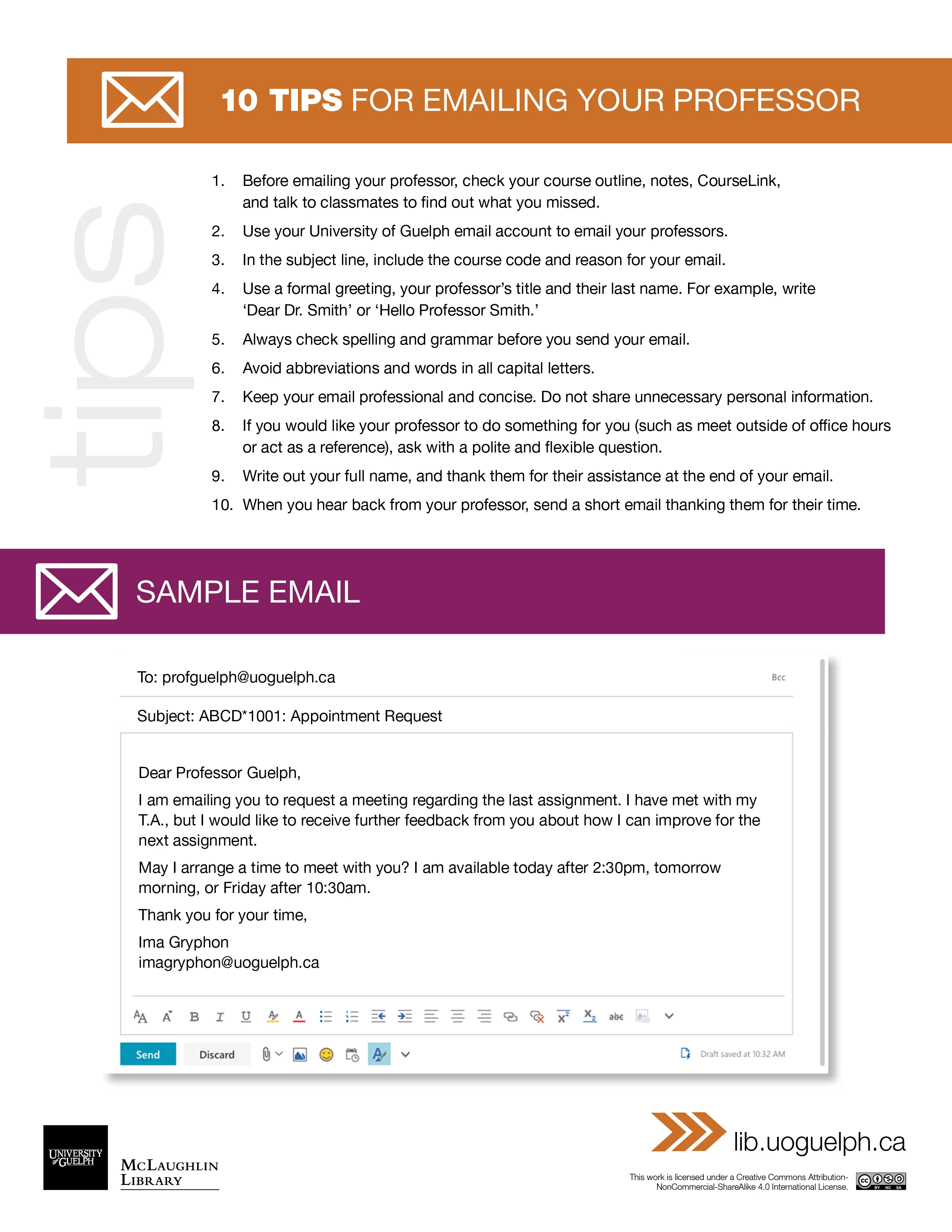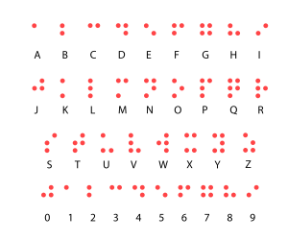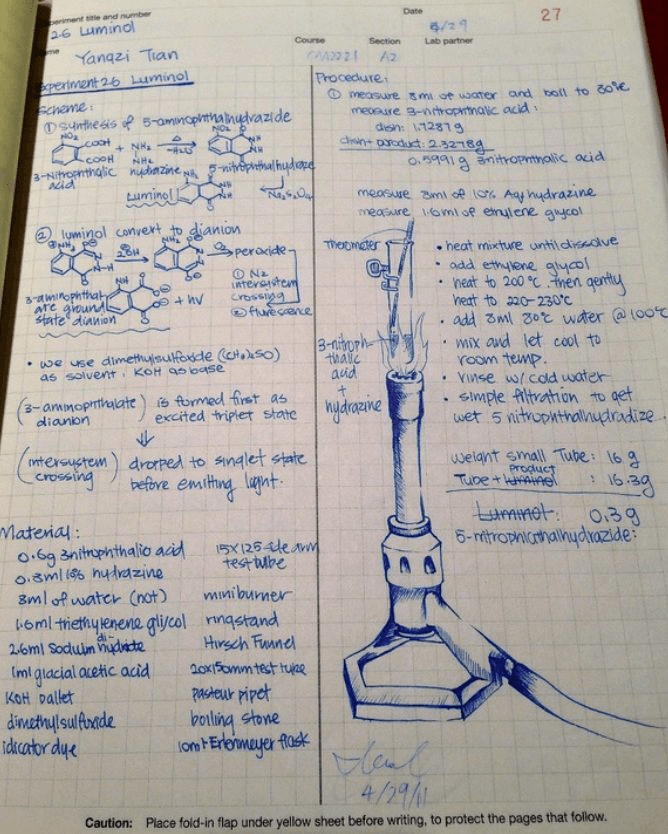· Resource · 3 min read
How to email a PI?
I get a lot of ineffective emails with requests to join my lab for long or short term. Here is a short guide to improve your succes rate!
How to land your dream internship: a comprehensive guide
Securing an internship in your desired field can be a game-changer for your career. In this tutorial, we’ll explore effective strategies to help students navigate the process and increase their chances of landing their dream internship. Most of these tips are straight-forward and seem logical, but you’d be surprised how often it goes wrong. Eventhough not every PI cares about all these (I don’t for some), you don’t want to miss out on an opportunity because that particular PI does care! To get you started, answer this:
How to get an internship
It’s not about you, it’s about them: Tailor your email, resume and cover letter to emphasize your skills and experiences relevant to the internship. Clearly showcase how your background aligns with the specific laboratory. How do your interests align with what they do? Showcase that you know what it is they do.
Use your network: Subtly let them know with who you worked before! Too often I get letters that do not say with whom an internship was. You never know who knows who in the small world of science, so a recommendation from an acquaintance goes a long way.
Prepare: Know what the main theme of the lab is. This is good for you and shows you have an active interest in the lab.
10 tips to email a PI
Craft a compelling subject line: Ensure your subject line is clear and concise, summarizing the purpose of your email. A compelling subject line increases the likelihood that your email will be opened.
Address the PI with respect: In addition to using a formal greeting, express respect and admiration for the PI’s work. This demonstrates your genuine interest in their research.
Personalize your email: Refer to specific projects or papers by the PI that you find interesting. Explain why their work resonates with you and how it aligns with your academic and career goals.
Be specific about your goals: Clearly outline your intentions and what you hope to gain from the internship. Discuss any potential contributions you could make to their lab or research.
Follow up appropriately: If you don’t receive a response within a reasonable time frame, consider sending a polite follow-up email. Express your continued interest and inquire about the status of your application.
Showcase your passion: Convey your enthusiasm for the field and your eagerness to learn from the PI. Passionate individuals often stand out in the competitive process of securing internships.
Highlight relevant experiences: Detail any relevant coursework, projects, or experiences that make you a strong candidate. Provide evidence of your skills and capabilities.
Demonstrate flexibility: Express your willingness to adapt and learn. Mention your openness to taking on new challenges and responsibilities during the internship.
Proofread thoroughly: Before hitting send, carefully proofread your email to catch any typos or grammatical errors. A polished email reflects professionalism and attention to detail.
Express gratitude: Always thank the PI for their time and consideration, regardless of the outcome. Gratitude goes a long way in leaving a positive impression.
By following these strategies, you’ll be well-equipped to navigate the internship application process and make a lasting impression on potential employers. Good luck on your journey to securing that dream internship!
 Other resources are available, as this excellent infographic.
Other resources are available, as this excellent infographic.


